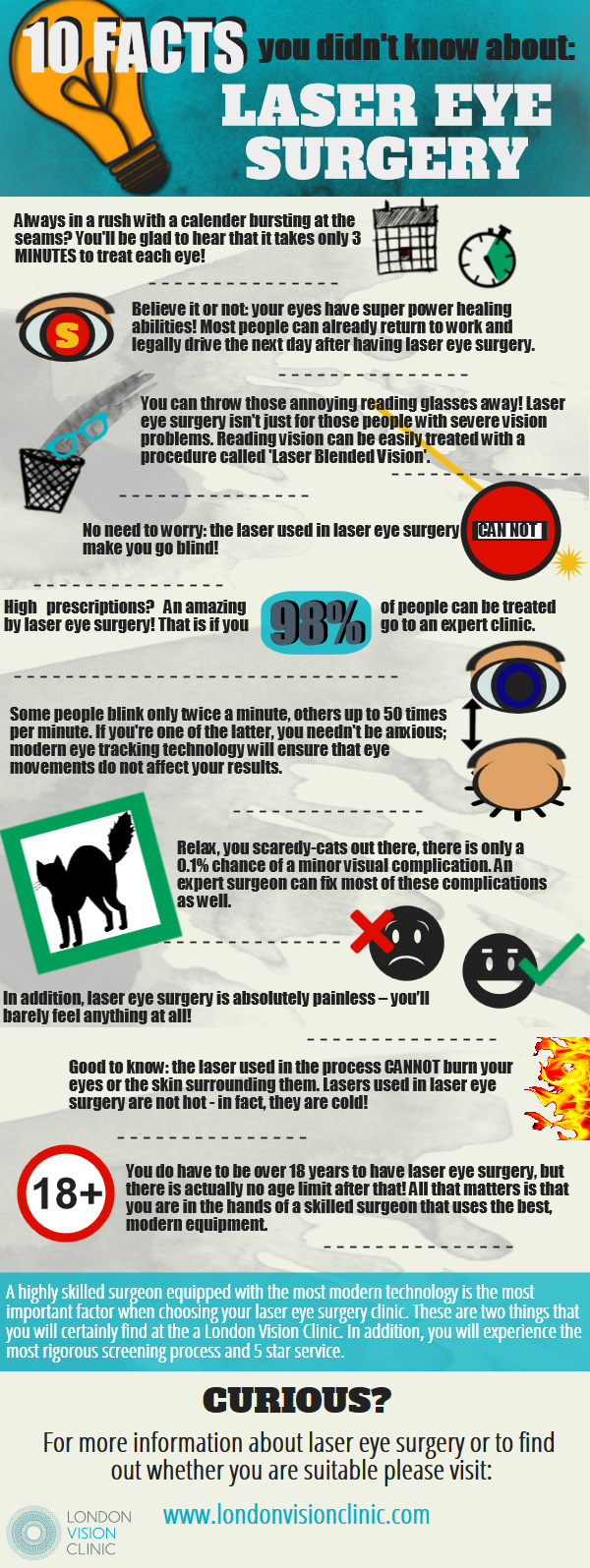Refractive Lens Exchange Explained: What Your Optometrist Isn't Informing You
Refractive Lens Exchange Explained: What Your Optometrist Isn't Informing You
Blog Article
Material Author-Bilde Hewitt
Have you ever took into consideration Refractive Lens Exchange (RLE) as a choice for vision adjustment? While it isn't as commonly gone over as LASIK, RLE could be a game-changer for your vision. Many people ignore its advantages, thinking traditional approaches are their only choice. But what are the real advantages, and what might your optometrist not be informing you concerning this procedure? Allow's check out the ins and outs of RLE with each other.
Recognizing Refractive Lens Exchange: The Essentials
Refractive lens exchange (RLE) is an operation that can substantially improve your vision, especially if you're handling presbyopia or extreme refractive mistakes.
Throughout RLE, your eye cosmetic surgeon removes your eye's all-natural lens and replaces it with a man-made one tailored to your vision requires. Click On this site can deal with nearsightedness, farsightedness, and astigmatism, giving you clearer vision without relying on glasses or get in touch with lenses.
The surgical procedure is usually fast, taking less than an hour, and most clients experience marginal discomfort. Recovery is relatively quickly, allowing you to go back to your daily activities soon after.
If you're considering RLE, talking to your eye doctor can help you figure out if it's the right selection for you.
Secret Distinctions Between RLE and Typical Cataract Surgery
While both refractive lens exchange (RLE) and typical cataract surgical treatment involve changing the eye's natural lens, their main objectives and individual accounts vary significantly.
RLE is aimed at individuals looking for to minimize their dependence on glasses or contact lenses due to refractive errors, usually before cataracts establish. On the other hand, traditional cataract surgery usually targets patients who've created cataracts, which shadow the lens and impair vision.
The lenses used in RLE can offer a wider range of vision modification, while common cataract surgical treatment usually includes fundamental monofocal lenses.
In addition, RLE prospects are typically younger and in excellent overall health, whereas cataract individuals may be older and have various other wellness worries.
Picking https://www.optometrytimes.com/view/5-phrases-to-communicate-with-lasik-patients relies on your certain vision demands and situations.
Possible Benefits and Considerations of RLE
If you're taking into consideration refractive lens exchange (RLE), you'll locate several prospective benefits that may improve your quality of life.
RLE can provide you with more clear vision, lowering or removing the requirement for glasses or get in touch with lenses. It provides a chance to resolve presbyopia and various other refractive mistakes at the same time, typically boosting your general visual acuity.
In addition, RLE can be a fantastic alternative if you're not a suitable prospect for LASIK. Nonetheless, it is necessary to weigh the factors to consider, like the price, possible risks, and the recuperation period.
Discussing your particular requirements with your ophthalmologist can help you make a notified choice, ensuring you pick the most effective path for your vision modification.
Verdict
In conclusion, refractive lens exchange offers an one-of-a-kind option for vision correction that exceeds what LASIK can supply. It's essential to consider the advantages versus prospective threats and costs before deciding. Do not be reluctant to ask your optometrist the challenging inquiries to guarantee you fully comprehend the procedure and its ramifications for your vision. With the best information, you can with confidence choose the best option for your eyes and lifestyle.
